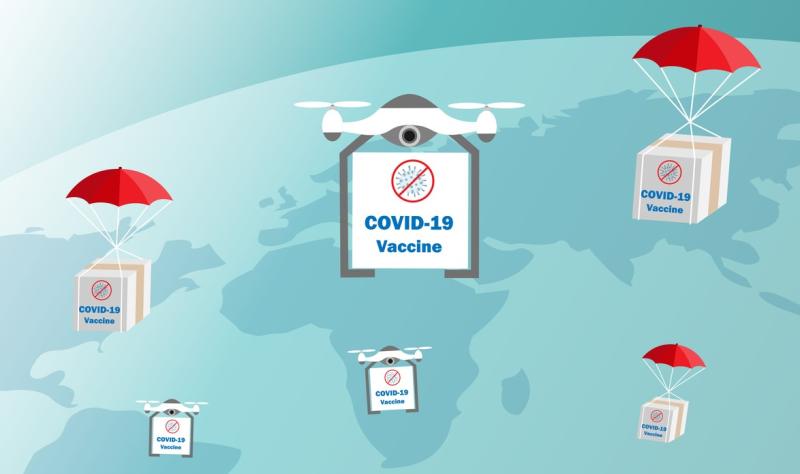A bit more on the above.
Roger, Rafa, and Novak all did something that Sampras didn't do - and most ATGs haven't done: they resurged after a down period in their late 20s to early 30s. Roger stumbled in 2013 (age 31-32), then revived in 2014-15 but couldn't get past peak Novak. He stumbled again in 2016, then had his swan song in 2017-18 at age 35-36, winning 3 Slams after turning 35. Rafa looked done in 2015-16, then revived in 2017 at age 30 and has won 8 Slams in his 30s, two of them after turning 35. Novak struggled in 2017-18, then revived in the second half of '18 and has won 10 Slams in his 30s, two after turning 35. So we have:
Roger: 4 Slams after turning 30, 3 after 35
Rafa: 8 Slams after turning 30, 2 after 35
Novak: 10 Slams after turning 30, 2 after 35
Meaning, the Big Three have won 7 Slams after turning 35, at least two each - and counting. You have to go back to Ken Rosewall in 1970-72 to find a 35-year old Slam winner. Meaning, from 1973-2016--a period of 44 years--there were no 35 year old Slam winners. Gimeno was 34 when he won his, but that was still 1972. The closest thing was Agassi in 2003 when he was 32.
I'd also suggest that the discrepancy between Roger's "mere" 4 post-30 and Rafa's 8 and Novak's 10 is that Roger had to deal with peak Rafa and Novak during his 30s, whereas--as I said--those two didn't have the equivalent as they entered their 30s. And Roger's 3 Slams in 2017-18 at age 35-36 is almost certainly at least partially due to Novak's down time during those years. I'm not sure Roger in 2017-18 was significantly better--if better at all--than he was in 2014-15, when he lost three finals to Novak (although to be fair to Roger, that was Novak's absolute peak).
Why have the Big Three won so many Slams in their 30s? Well, I think it is largely because the Big Three were just so much better than everyone else. It is kind of like mountain ranges: they are akin to the Himalayas. So even if they're not playing at "Everest level" (say, Roger in 2006, Rafa in 2013, Novak in 2015), they can still play at "Annapurna level" and be better than everyone else, because there are no Himalaya-caliber players on tour, except for maybe Andy in 2016.
So the Big Three are the Himalayas, and garden variety greats are the Andes, and non-great elite players are the Alps or Rockies. Consider that the highest mountain that isn't in the Himalayas or connected ranges, Aconcagua in Argentina, is not among the tallest couple hundred peaks in the world. In their mid-30s, the Big Three were like "lesser" Himalayas. The "problem" is compounded in that there haven't been any "Andes-level" players. Andy Murray was one, I'd say. But guys like Wawrinka and Del Potro were more Alps caliber (Stan = Mont Blanc, lol). That's my point about the "window of opportunity."
The best of NextGen, guys like Thiem, Zverev and Medvedev, were Alps/Rockies level. Meaning, other than Andy, since the retirement of Agassi, there have been no "Andes-level" players. And Andy Murray hasn't been at that level in over five years, since early 2017. Medvedev peaked at 2316 Elo in early 2022, when Rafa was still around 2400. In fact, when they faced each other in the AO final, Rafa was at 2376, Medvedev at 2330 - so it was his absolute peak. But he still wasn't good enough, even for post-peak Rafa.
Now if any of these guys were closer to, say, peak Becker or Edberg, then they'd have more of a problem. That's my point: We haven't had any guys like that in decades, other than the Big Three and Andy for a few years. LostGen certainly weren't there, and NextGen--while better than LostGen--still maxed out at the Alps/Rockies level. We can hope that with the young Millenial Gen, we might get one or two Andes caliber players - but they're not there yet. Again, the two guys with most upside--Alcaraz and Rune--turn 20 this year.








 Awards have been named after the guy! Why drag Edberg into it? After Monica & Kvitova, accidents like w/ that poor linesman are the last thing I'd bring up using the verb "killed!"
Awards have been named after the guy! Why drag Edberg into it? After Monica & Kvitova, accidents like w/ that poor linesman are the last thing I'd bring up using the verb "killed!" 
